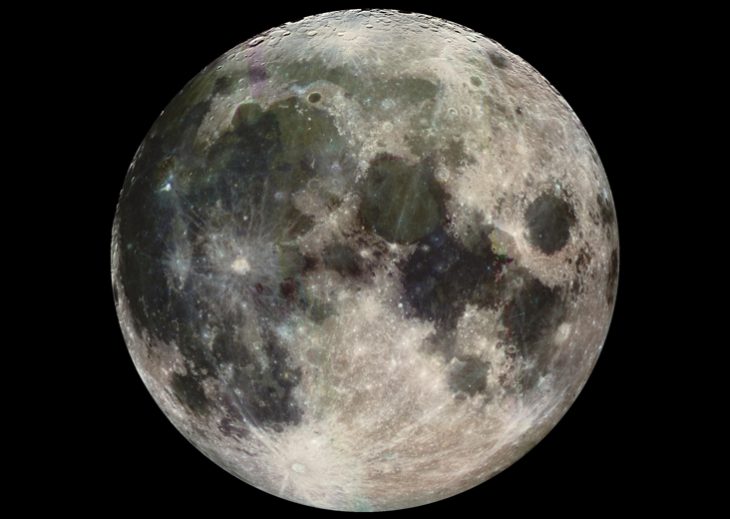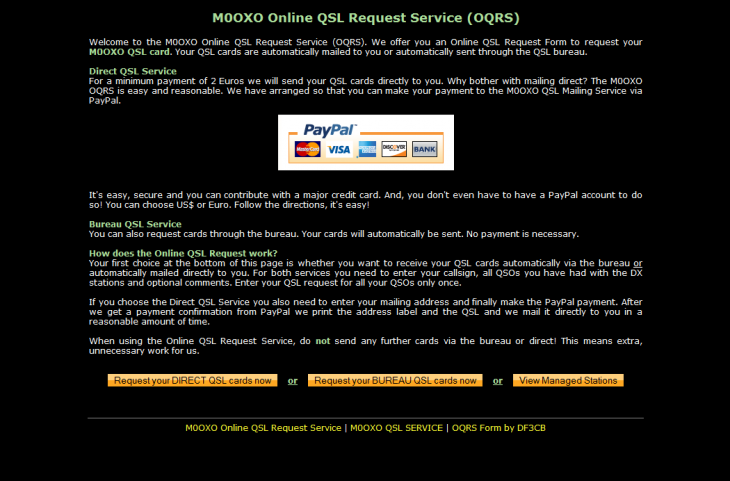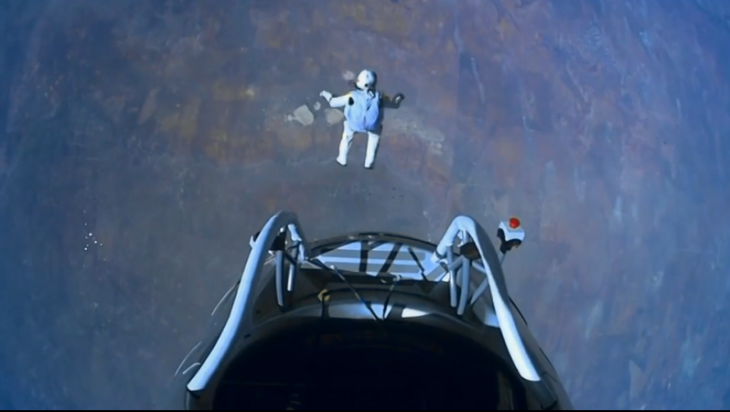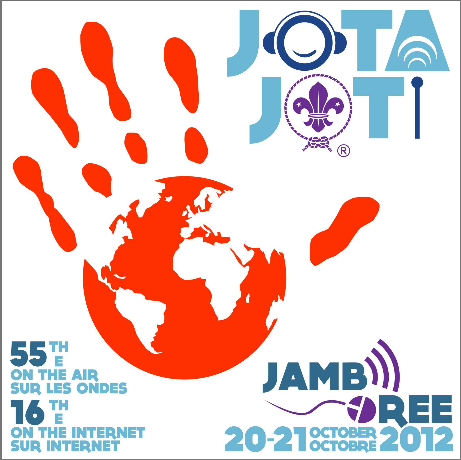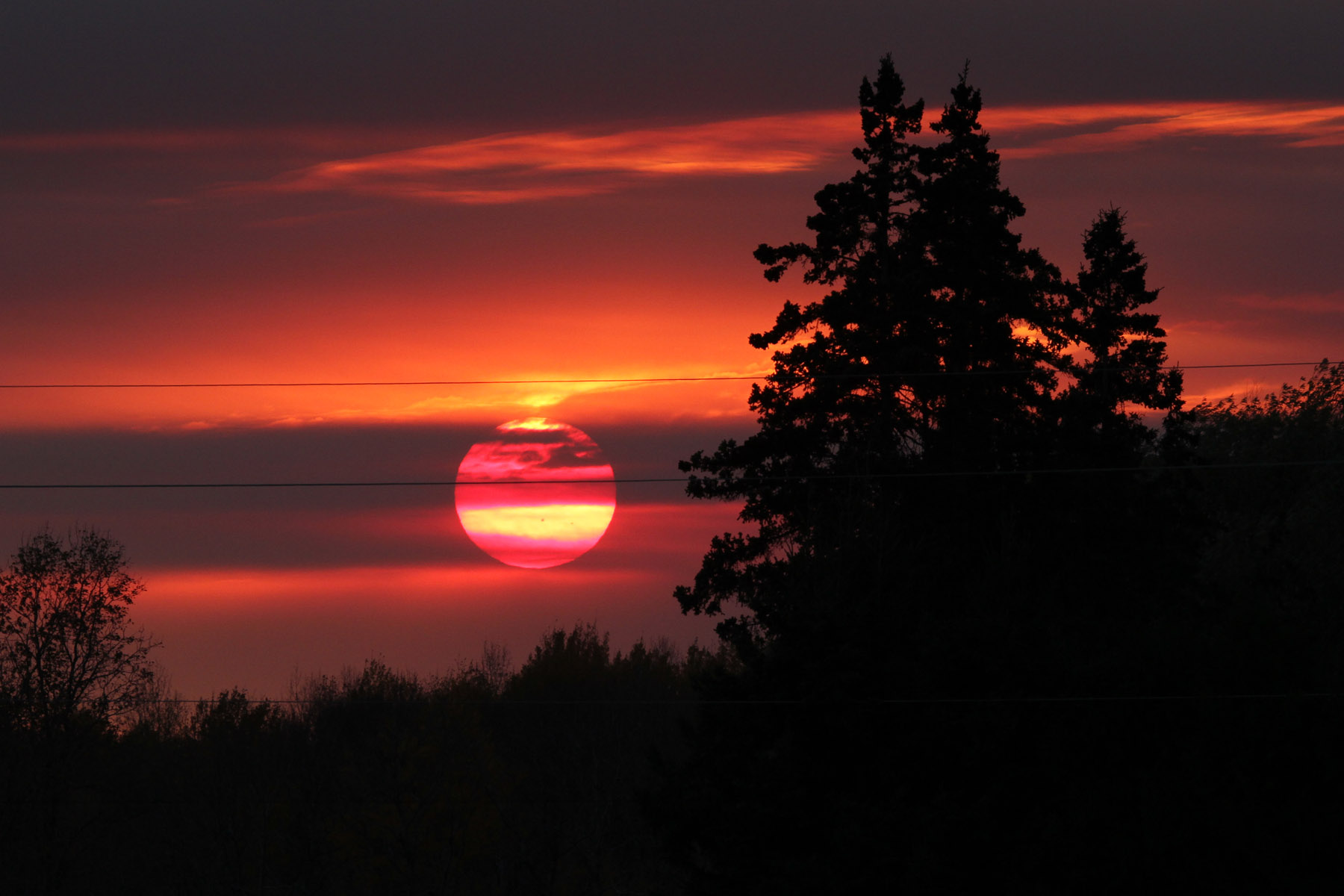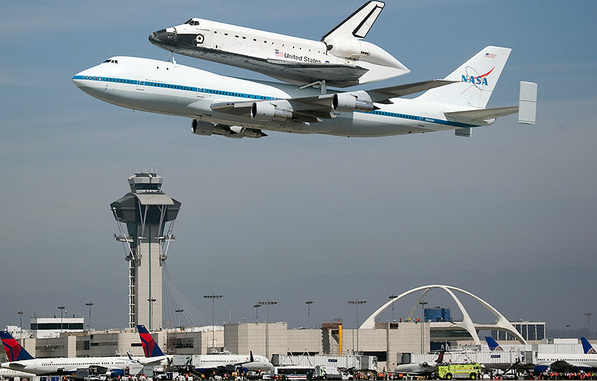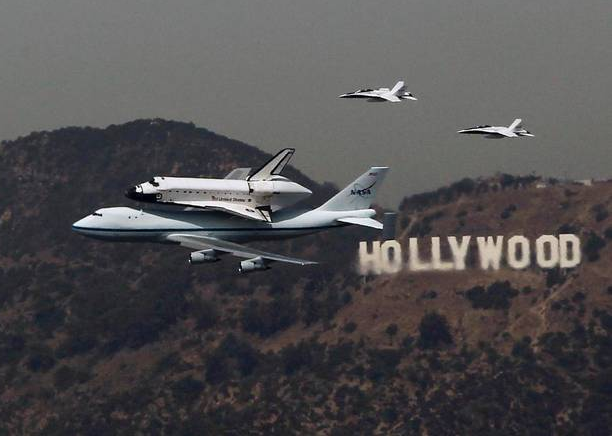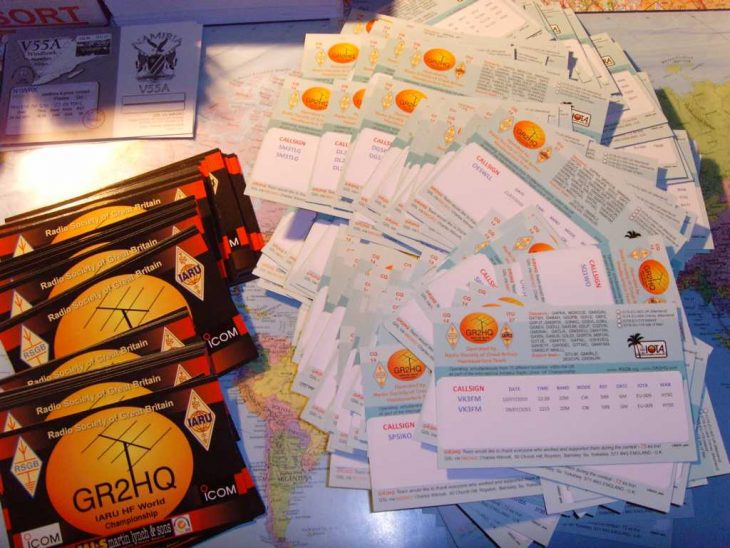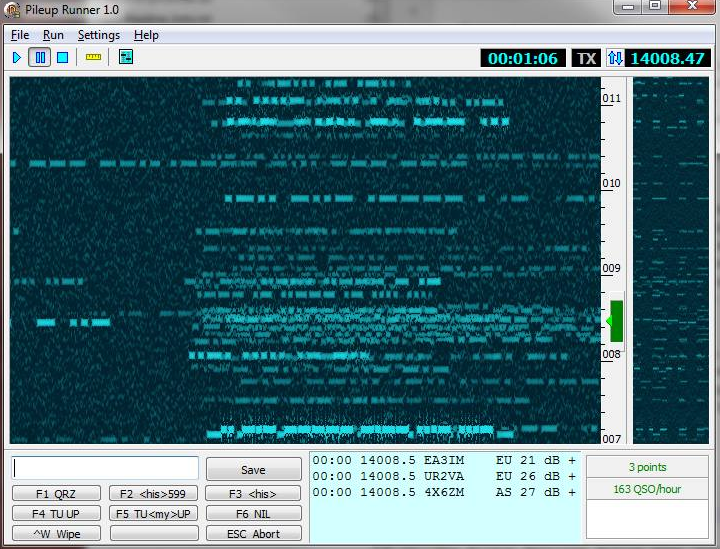Well for me the answer is ”Yes”. How lucky we are to be able to see this image from our backyards pretty much all day every day when weather is good?
Here are a few facts and stats you may like to know;
The distinct bright ray crater at the bottom of the image is the Tycho impact basin. The dark areas are lava rock filled impact basins: Oceanus Procellarum (on the left), Mare Imbrium (center left), Mare Serenitatis and Mare Tranquillitatis (center), and Mare Crisium (near the right edge). This picture contains images through the Violet, 756 nm, 968 nm filters. The color is “enhanced” in the sense that the CCD camera is sensitive to near infrared wavelengths of light beyond human vision. More facts below the image…..
Equatorial radius (km) – 1,737.4, Mean distance from Earth (km) – 384,400, Rotational period (days) – 27.32166
Orbital period (days) – 27.32166, Average length of lunar day (days) – 29.53059, Mean orbital velocity (km/sec) – 1.03
Mean surface temperature (day) – 107°C, Mean surface temperature (night) -153°C, Maximum surface temperature – 123°C, Minimum surface temperature -233°C.

